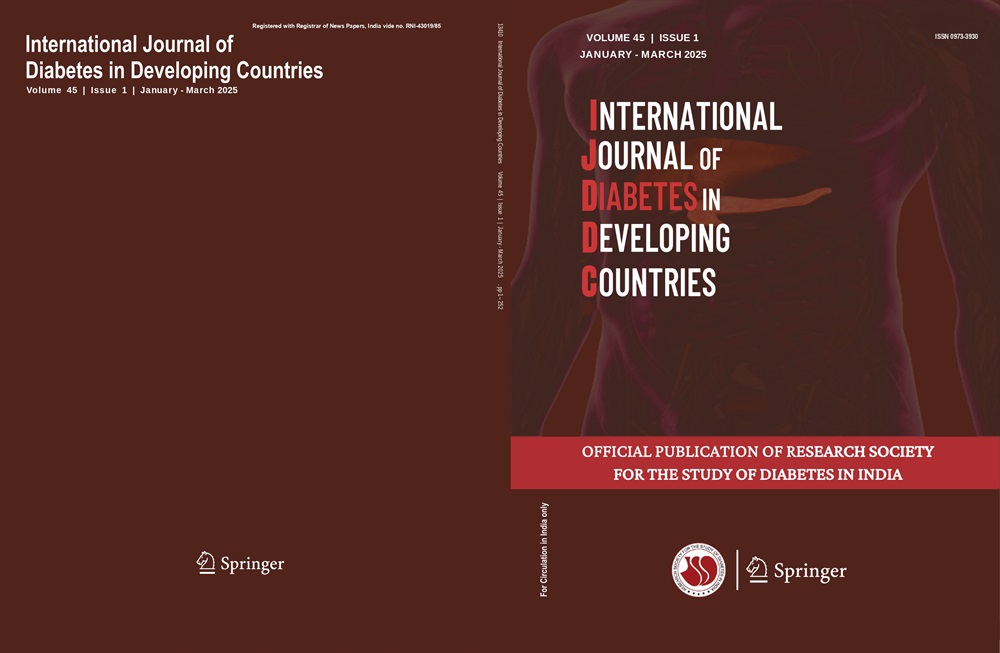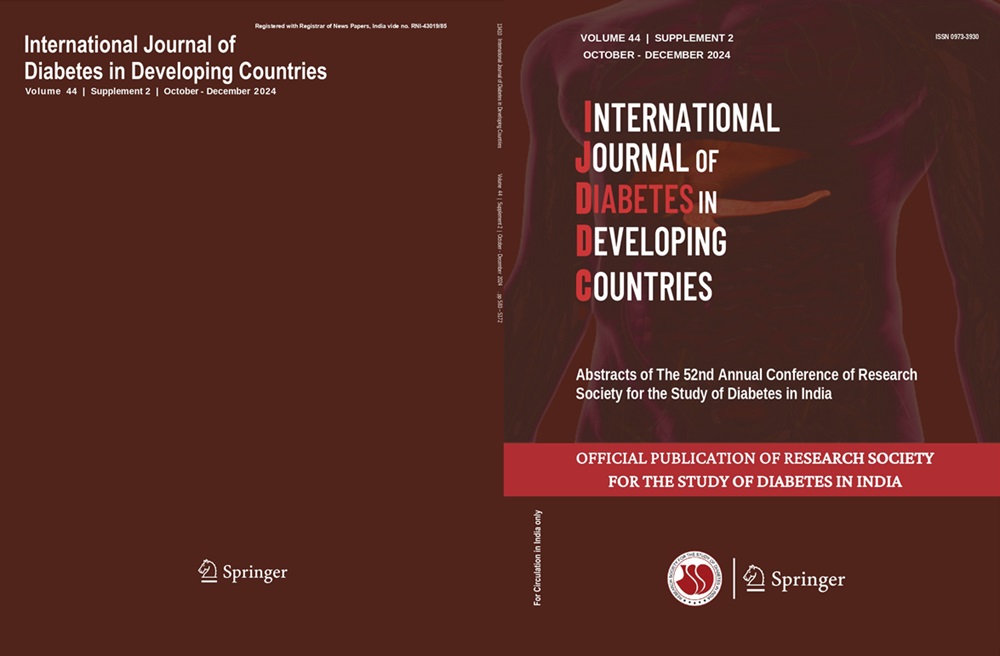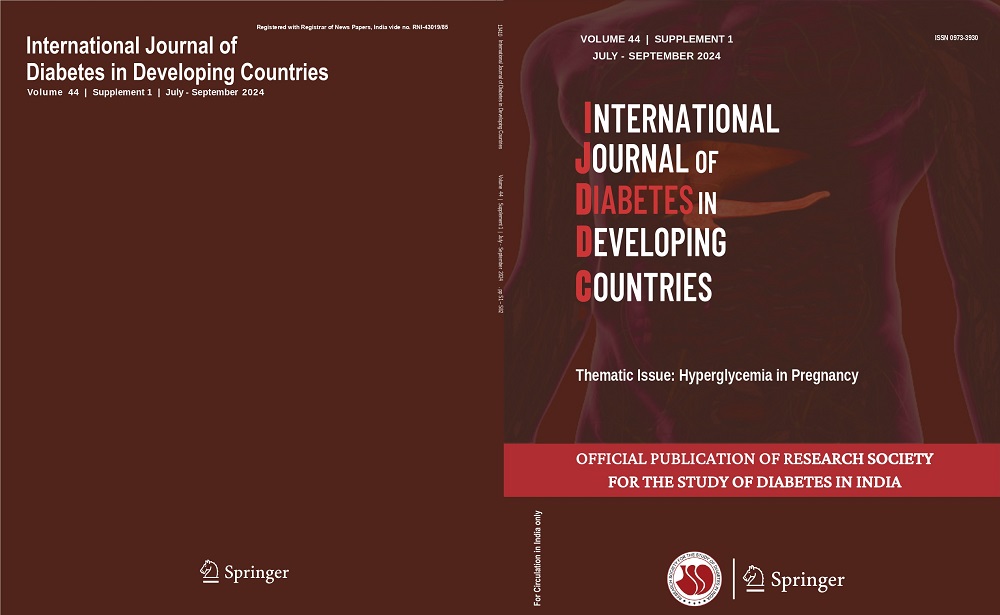Cem Yesiloglu, Canan Emiroglu, Cenk Aypak
Keywords
Cardiovascular • Risk • Glycated hemoglobin • Adiposity • Mean platelet volume
Objective Cardiovascular diseases (CVD) are the most common, deadly, noncommunicable disease group globally. This study aims to investigate the relationship between Systematic Coronary Risk Evaluation 2 (SCORE2) scores, which indicate the risk of future CVD in patients without known CVD and diabetes mellitus (DM) diagnoses, and HbA1c values.
Methods In our retrospective cross-sectional study, patients under 40 years of age and over 69 years, those with a history of any CVD, those with a history of type 1 or type 2 DM, individuals with known anemia, patients using antihyperlipidemic or antidiabetic medications, and those with HbA1c levels of 6.5 and above were excluded. The relationship between the SCORE2 risk scores and related parameters was investigated among the included 249 patients.
Results Among a total of 249 patients, with a mean age of 51.9 ± 7.5 years, 137 (55.0%) were male. Positive correlations were found between the SCORE2 (%) value of the patients and hemoglobin (rho = 0.222; p < 0.001), red blood cell (rho = 0.207;p = 0.001), hematocrit (rho = 0.267; p < 0.001), white blood cell (rho = 0.147; p = 0.021), triglyceride (rho = 0.247; p = 0.004), glucose (rho = 0.244; p < 0.001), HbA1c (rho = 0.208; p < 0.001), waist circumference (rho = 0.204; p = 0.001), and Visceral Adiposity Index (VAI) (rho = 0.145; p = 0.023) values.
Conclusion A significant relationship was found between HbA1c and the current CVD risk score, SCORE2, in our patient group without DM. Our study is the first to examine this relationship in the literature. While no relationship was found between SCORE2 and body mass index (BMI), a significant relationship was found with the VAI. This indicates that CVD risk is more associated with visceral fat accumulation than total weight. Evaluating patients with normal BMI based on VAI will be beneficial in demonstrating CVD risk.




